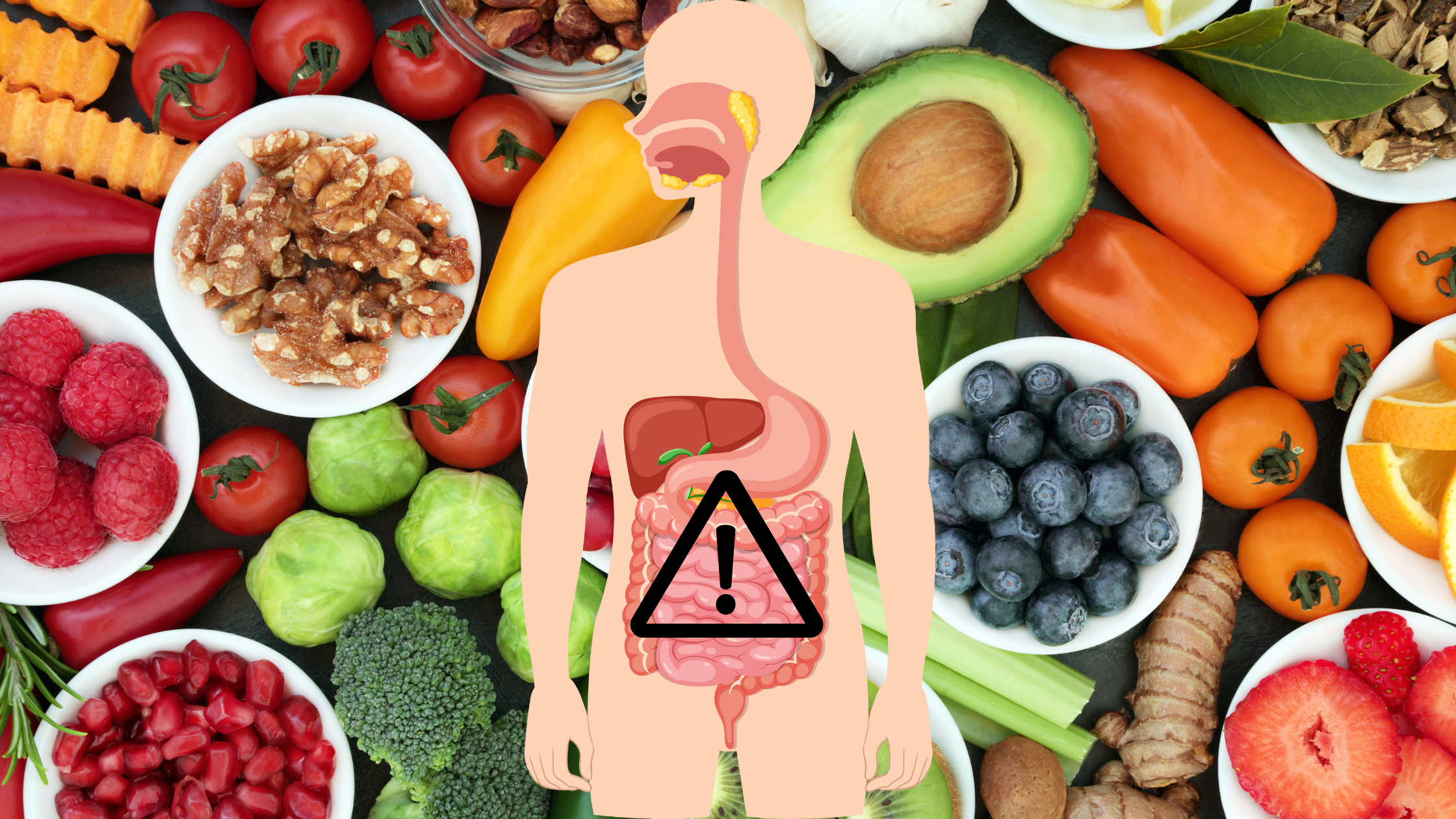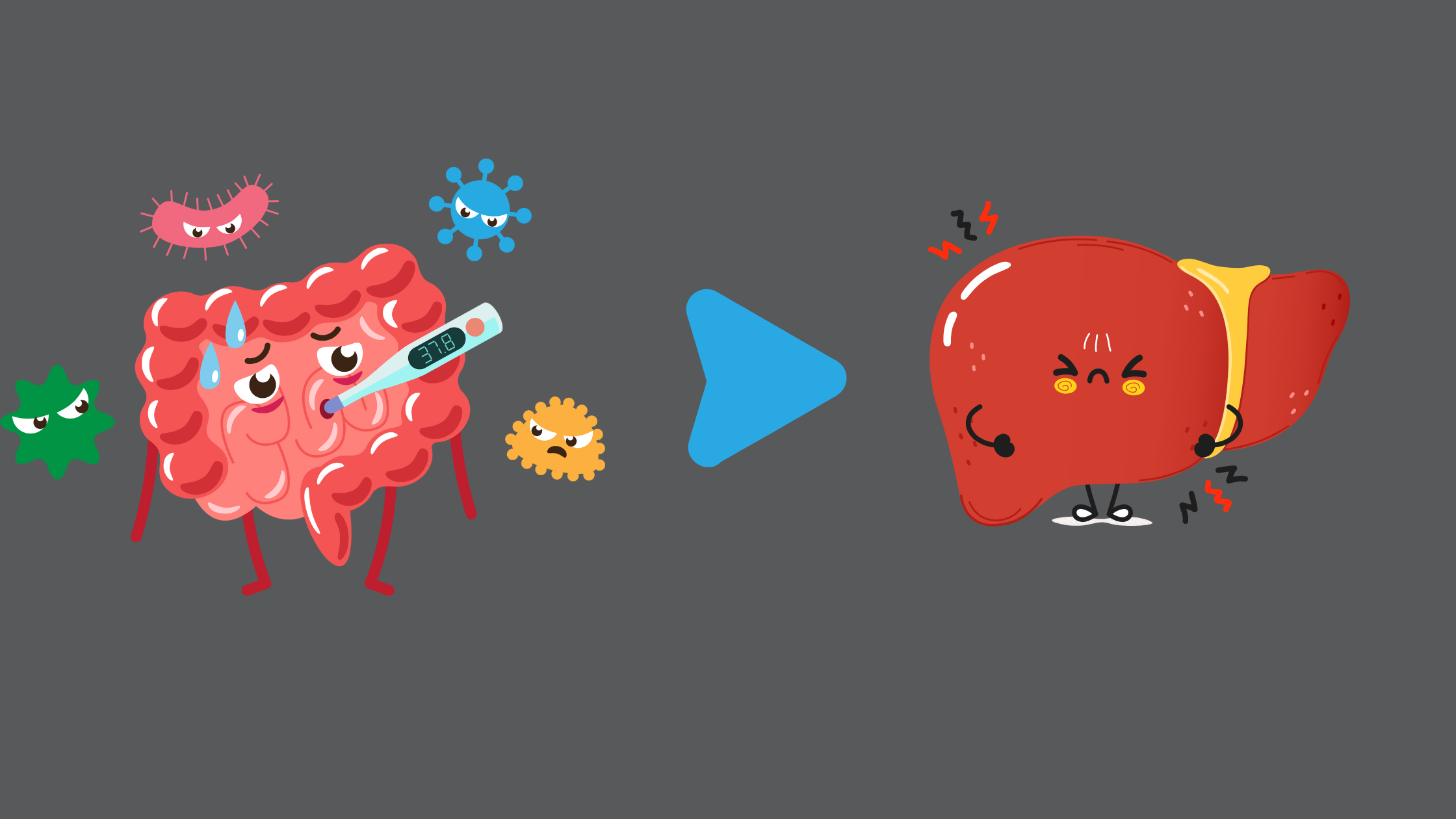Maldigestion, the inadequate breakdown of food in the digestive system, is a significant contributor to Small Intestinal Bacterial Overgrowth (SIBO). In general, maldigestion alters the microbiome of the GI tract contributing to the overgrowth of bacteria. Therefore, it’s not surprising that maldigestion and SIBO share the same symptoms – belching, flatulence, bloating, abdominal pain, and constipation/diarrhea.
Hypochlorhydria- Less Acid, More Bacteria
One of the primary maldigestion factors is hypochlorhydria, or low stomach acid. Stomach acid plays a crucial role in the digestive process by breaking down food, especially proteins, and serving as a barrier to pathogens and bacteria entering the digestive tract. When stomach acid levels are low, as seen in conditions like hypochlorhydria, food isn’t properly broken down. Additionally, harmful bacteria that would normally be killed by the acidic environment survive to reach the small intestine. In short, low stomach acid creates a favorable environment for bacterial overgrowth, leading to SIBO.
Enzyme Deficiencies and SIBO
Another critical factor in maldigestion contributing to SIBO is enzyme production insufficiency. A lack in the enzyme that digest foods can create a more hospitable environment for overgrowth as well as feed the bacteria themselves.
Sugar Maldigestion– More Sugar. More Bacteria.
Deficiencies in enzymes required to break down sugars like lactose, sucrose, and fructose promote bacterial overgrowth. Enzymes, produced in the small intestine and pancreas, are essential for the proper digestion of sugars. When enzyme levels are insufficient, these sugars remain undigested and ferment in the small intestine, providing a rich source of nutrients for bacteria. This fermentation process produces gases and other byproducts, leading to symptoms associated with SIBO, such as bloating, gas, and diarrhea. Lactose intolerance, fructose malabsorption, and other related conditions are common examples where enzyme insufficiency can lead to SIBO.
Pancreatic Insufficiency–Environment for Overgrowth
Pancreatic insufficiency is another significant cause of maldigestion that can lead to SIBO. The pancreas produces essential digestive enzymes, including amylase, protease, and lipase, which are crucial for breaking down carbohydrates, proteins, and fats, respectively. When the pancreas is unable to produce enough of these enzymes, as seen in conditions like chronic pancreatitis or cystic fibrosis, the undigested food remains in the small intestine. This undigested food provides a fertile environment for bacteria to proliferate, leading to bacterial overgrowth. Additionally, pancreatic insufficiency can result in fat malabsorption, which further exacerbates digestive issues and contributes to SIBO.
Less Bile Production–Less Antimicrobial Effect
Reduced bile production or the absence of a gallbladder can also contribute to SIBO by affecting the digestion and absorption of fats. Bile, produced by the liver and stored in the gallbladder, is essential for emulsifying fats and aiding their digestion. Bile also has antimicrobial properties, helping to control bacterial populations in the small intestine. When bile production is reduced, or the gallbladder is removed, the body’s ability to digest fats is compromised, leading to fat malabsorption. The presence of undigested fats in the small intestine can alter the gut environment, making it more conducive to bacterial overgrowth, and the reduced antimicrobial effect of bile can allow harmful bacteria to proliferate, leading to SIBO.
Summary
In conclusion, maldigestion is a significant contributor to the development of SIBO, with various underlying causes such as hypochlorhydria, enzyme insufficiencies, pancreatic insufficiency, and reduced bile production. Each of these factors disrupts the normal digestive processes, creating an environment in the small intestine that favors bacterial overgrowth. Consequently, treatment strategies often involve addressing these specific issues, such as supplementing digestive enzymes, supporting stomach acid production, or improving bile flow. Understanding these underlying causes is crucial for effectively preventing and managing SIBO.
Our SIBO experts offer one-on-one, complimentary consults to healthcare providers performing Neurovanna sugar malabsorption and SIBO breath tests.
Become a Neurovanna customer today to take advantage of their wealth of experience.
















